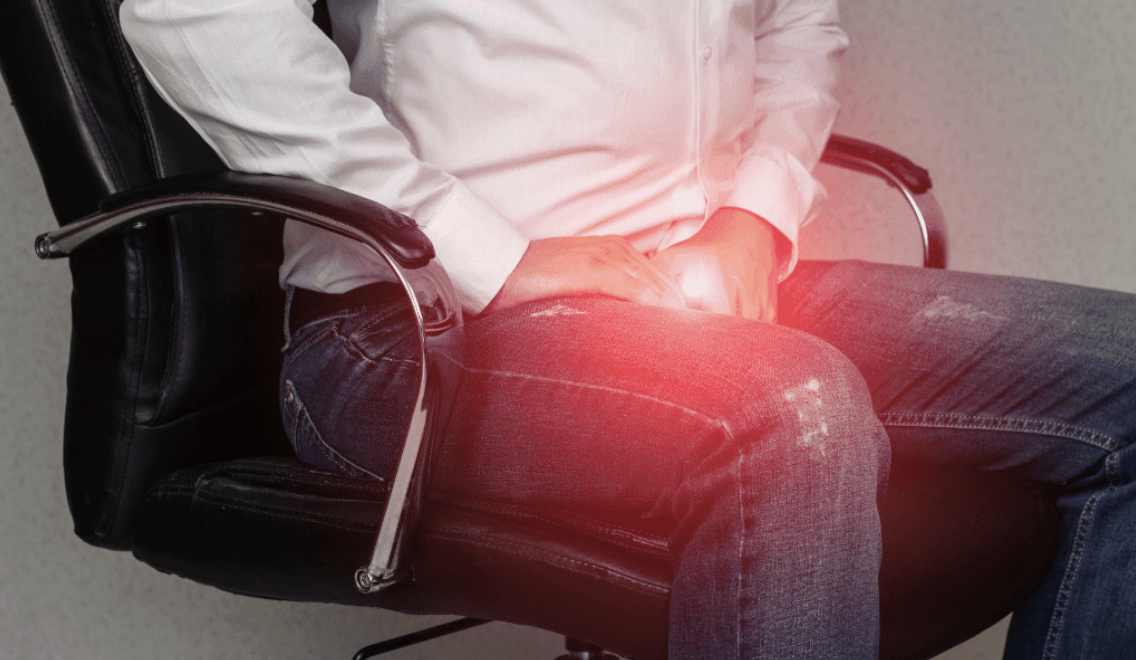Deadlifts have long been debated among fitness enthusiasts and health professionals.
Some claim they are the ultimate exercise for building strength and power, while others argue they pose a significant risk of deadlift injury.
In this article, we will delve into the world of deadlifts to uncover the truth behind this popular exercise.
We will explore what deadlifts are, who can safely perform them, and the potential deadlift disadvantages. We will also present a non-invasive solution for those seeking a safe option for their deadlift injury.
What are Deadlifts?
Deadlifts are a fundamental compound exercise primarily targeting the lower back, glutes, hamstrings, and core muscles.
This powerful movement involves lifting a barbell or other weighted object from the ground to standing while maintaining a straight back and engaging the core muscles.
Deadlifts are revered for enhancing functional strength, promoting overall muscle development, and boosting athletic performance.
Who Can Do Deadlifts?
While deadlifts can benefit many individuals, they are only suitable for some.
Beginners, individuals with existing back problems, or those with poor lifting mechanics should approach deadlifts cautiously or seek professional guidance.
Before attempting deadlifts, one must assess one’s fitness level and consult a qualified fitness trainer or healthcare provider to ensure it is a safe and suitable exercise for your specific needs.
Deadlifts Pros and Cons
Are deadlifts bad for you?
As a compound exercise that simultaneously engages multiple muscle groups, deadlifts offer myriad benefits, from building strength and muscle mass to improving functional fitness.
However, they have their fair share of potential drawbacks.
Let’s delve into the pros and cons of this renowned exercise:
Deadlift Workouts Pros:
- Full-Body Workout: Is deadlifting worth it for athletes? Yes, and for most non-athletes too. Deadlifts are a compound exercise that engages multiple muscle groups simultaneously. This includes the lower back, glutes, hamstrings, quadriceps, core, and forearms.
- Strength and Muscle Development: Deadlifts are renowned for building strength and promoting muscle growth. They target the body’s major muscle groups, helping to increase overall power and size.
- Functional Strength: As a functional movement, deadlifts mimic everyday lifting tasks. These exercises are beneficial for real-life activities and sports performance.
- Boosts Metabolism: Due to the intensity of the exercise and the number of muscles involved, deadlifts can help increase metabolic rate, making it a useful tool for weight loss and fat burning.
- Improved Posture and Core Stability: Performing deadlifts properly helps strengthen the core and lower back muscles, leading to improved posture and reduced risk of lower back pain.
- Bone Density: Deadlifts are a weight-bearing exercise that can improve bone density and reduce the risk of osteoporosis.
- Mental Toughness: Deadlifts require mental focus and determination, helping to build mental toughness and discipline in the gym.
Deadlift Workouts Cons
- Injury Risk: Deadlifts, especially when performed with improper form or excessive weight, can lead to strains, sprains, and herniated discs.
- Intense Central Nervous System (CNS) Stress: Deadlifts put significant stress on the CNS, and performing them too frequently without adequate rest can lead to overtraining and fatigue.
- Cardiovascular Strain: The intense effort involved in deadlifting can cause a temporary spike in blood pressure, potentially posing a risk for individuals with existing heart conditions.
- Muscle Imbalances: Deadlifts primarily target the posterior chain, which may lead to muscle imbalances if not balanced with exercises that target the anterior chain.
- Equipment Requirement: Deadlifts often require barbells and weights, making them less accessible for individuals without access to a gym or proper equipment.
- Delayed Onset Muscle Soreness (DOMS): Deadlifts can lead to DOMS, especially if you’re new to the exercise. It can also increase the intensity of DOMS significantly, causing discomfort in the days following the deadlift workout.
What Else Can I Do If Deadlifts Ruined My Back?
Stem cell therapy falls under regenerative medicine, which aims to address diverse injuries, including back pain. This innovative approach harnesses the power of your stem cells to repair or replace damaged tissue.
Healthcare professionals, including doctors, administer stem cell therapy to effectively treat back pain and other injuries.
The primary objective of this treatment is to foster healing and regeneration by introducing healthy new cells into the body.
In certain instances, stem cells are directly injected into the injury site, while in others, they are delivered through IV infusion, offering a targeted and specialized approach to aid in the body’s natural healing processes.
Stem Cell Therapy for Deadlift Injuries Available in Kingston and Montego Bay, Jamaica
Experiencing deadlift injuries like back pain?
Dr. Janice Fisher and the dedicated team at Bioregeneration Integrated Medical Centre offer a non-surgical, regenerative remedy tailored to address your needs.
Schedule a consultation today by calling 876-565-1168.



